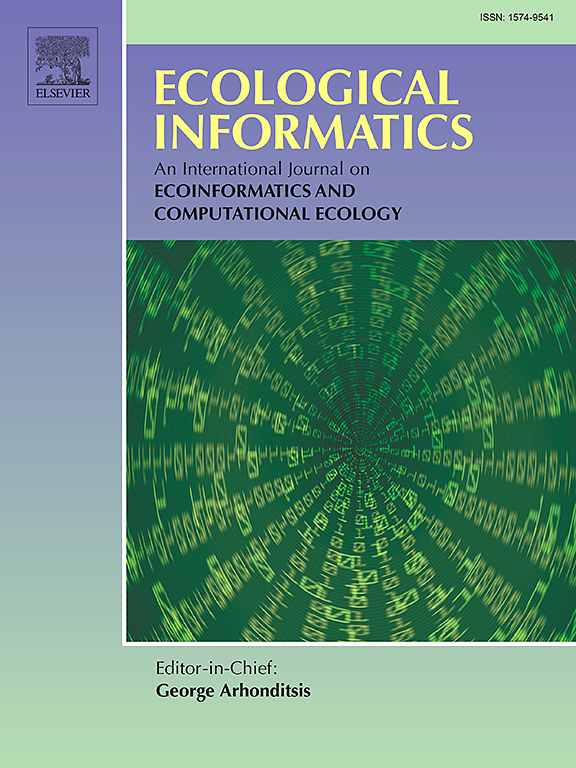Assessment of the conservation effectiveness of nature reserves on the Qinghai-Tibet plateau using human activity and habitat quality indicators
IF 5.8
2区 环境科学与生态学
Q1 ECOLOGY
引用次数: 0
Abstract
The establishment of nature reserves (NRs) is widely acknowledged as one of the most effective measures to mitigate the threats on habitat quality (HB) posed by human activities (HAs). Precise and scientific assessment of the effectiveness of NRs holds crucial significance in improving management and promoting conservation. In this study, key indicators were creatively selected and applied to the propensity score matching (PSM) model to comprehensively assess the variations in HAs and HB within national NRs on the Qinghai-Tibet Plateau. The results indicated that between 2000 and 2020, 67.4 % of the NR area experienced a decline in HA-related impacts, while 53.8 % of the area saw improvements in HB. Additionally, with the exclusion of external environmental factors, in 2020, the difference in HAs and HB between NRs and non-protected areas was −0.131 and 0.179, respectively. Finally, based on an assessment of the overall conservation effectiveness, seven NRs were classified as “Class I", 18 as “Class II", and another seven as “Class III". These results not only confirmed the effectiveness of national NRs in alleviating anthropogenic pressure and enhancing HB but also served as an important basis for accurately assessing the conservation effectiveness of other NRs and formulating more scientifically sound and appropriate management policies.
利用人类活动和生境质量指标评估青藏高原自然保护区的保护效果
建立自然保护区(NRs)被公认为是减轻人类活动对生境质量(HB)所造成威胁的最有效措施之一。对自然保护区的有效性进行精确、科学的评估,对于改善管理和促进保护具有重要意义。本研究创造性地选取了关键指标,并将其应用于倾向得分匹配模型(PSM),以全面评估青藏高原国家级保护区内生境和生境质量的变化。结果表明,从 2000 年到 2020 年,67.4% 的国家级自然保护区的 HA 相关影响有所下降,53.8% 的地区 HB 有所改善。此外,如果不考虑外部环境因素,到 2020 年,非保护区与非保护区之间的 HA 和 HB 差异分别为-0.131 和 0.179。最后,根据对整体保护效果的评估,7 个非保护区被列为 "一级",18 个被列为 "二级",另有 7 个被列为 "三级"。这些结果不仅证实了国家级自然保护区在缓解人为压力和改善生境方面的有效性,也为准确评估其他国家级自然保护区的保护有效性和制定更加科学合理的管理政策提供了重要依据。
本文章由计算机程序翻译,如有差异,请以英文原文为准。
求助全文
约1分钟内获得全文
求助全文
来源期刊

Ecological Informatics
环境科学-生态学
CiteScore
8.30
自引率
11.80%
发文量
346
审稿时长
46 days
期刊介绍:
The journal Ecological Informatics is devoted to the publication of high quality, peer-reviewed articles on all aspects of computational ecology, data science and biogeography. The scope of the journal takes into account the data-intensive nature of ecology, the growing capacity of information technology to access, harness and leverage complex data as well as the critical need for informing sustainable management in view of global environmental and climate change.
The nature of the journal is interdisciplinary at the crossover between ecology and informatics. It focuses on novel concepts and techniques for image- and genome-based monitoring and interpretation, sensor- and multimedia-based data acquisition, internet-based data archiving and sharing, data assimilation, modelling and prediction of ecological data.
 求助内容:
求助内容: 应助结果提醒方式:
应助结果提醒方式:


